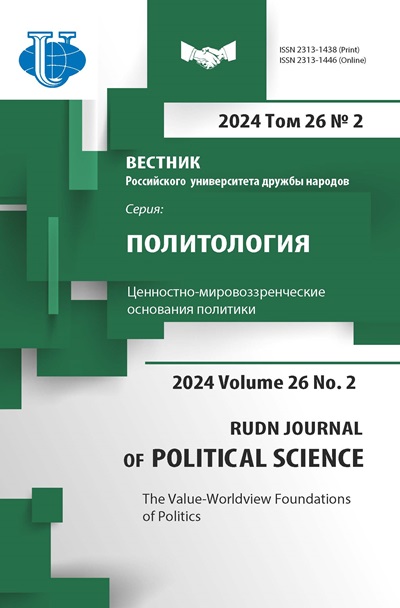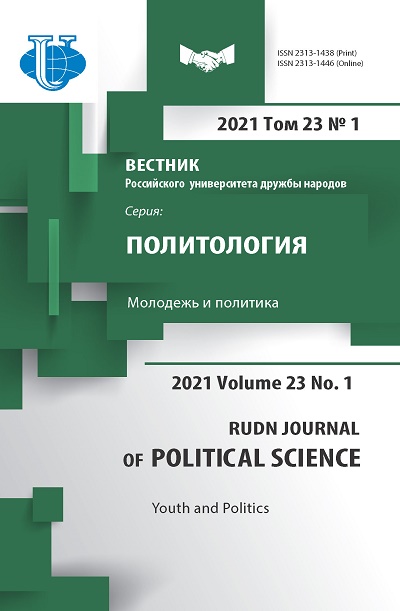Activity of Opposition Telegram Channels and Behavioral Factor of Google Users as a Research Method for Analyzing the Protests in Belarus in 2020
- Authors: Nagornyak K.I.1
-
Affiliations:
- V.I. Vernadsky Crimean Federal University
- Issue: Vol 23, No 1 (2021): Youth and Politics
- Pages: 60-77
- Section: YOUTH IN POLITICS
- URL: https://journals.rudn.ru/political-science/article/view/25711
- DOI: https://doi.org/10.22363/2313-1438-2021-23-1-60-77
Cite item
Full Text
Abstract
The protests in the Republic of Belarus in August-November 2020 have been studied in article on the basis of data from “Telegram Analytics” and “Google Trends”, based on structural and functional analysis and a network approach, have been studied. A method of determining the cycles of protest activity is proposed, according to which Belarusian events can be divided into weekly periods. Specified protests are denoted as a “network revolution” - a state coup technology based on the concept of isolating the “pillars” of support for the political regime - he consistent paralysis of the state’s protection and management bodies, as well as the use of Internet resources for the mobilization, communication and coordination of protesters. The organizers of the “network revolution” have planned two options for the development of the state coup. The first one is the creation of a permanent hotbed of protests in the center of the capital and the gradual isolation of the “pillars of support” of the regime. The second one is holding a series of decentralized actions followed by consolidation and formation of a permanent hotbed of protests in the center of the capital and major cities. The experience of the events in Belarus showed that if the “pillars of support for the regime” are maintained, namely the bodies of state management and the institutions of internal protection of the Interior Ministry, the KGB, protests subside on the second week of protests.
About the authors
Kirill Ivanovich Nagornyak
V.I. Vernadsky Crimean Federal University
Author for correspondence.
Email: Kir.nagornyak@yandex.ru
Postgraduate of the Faculty of History
Simferopol, Russian FederationReferences
- Astahova, S. V. (2020). Belarus: Political situation around the presidential election. Russia and New States of Eurasia. 2020., III (ХLVIII), 9–24. (In Russian).
- Brodovskaja, E. V., & Dombrovskaja, A. J. (2018). Big Data in the Study of Political Processes. Мoscow: MPGU publ. (In Russian).
- Chemschit, A. A. (2020). Belarusian “Maidan”: False start or the process started? Political Science Issues, 10(62), 2990–2997. (In Russian).
- Chimarov, S. J. (2020). Tactics of the protest movement in the Republic of Belarus in August 2020: Some lessons for the field of moral and psychological training of employees of internal affairs bodies. Trends in the Development of Science and Education, 65–2, 155–159. (In Russian).
- Karnaushenko, L. V. (2020). State sovereignty in the aspect of forming a new image of the mass communication space. Law and Legislation, 11, 20–23. (In Russian).
- Nagornyak, K. I. (2017). “Pillars of Support”: The technology of influencing the “Pillars of Support” of the authorities during the “Euromaidan” in Ukraine. Uchenye zapiski Krymskogo Federalnogo universiteta imeni V. I. Vernadskogo. Filosofija. Politologija. Kulturologija, 3(2), 75–85. (In Russian).
- Vershinin, A. A. (Ed.). (2016). Is the Belarusian Maidan Possible? Diagnostics and Challenges for Russia. Moscow: Scientific Expert. (In Russian).
















